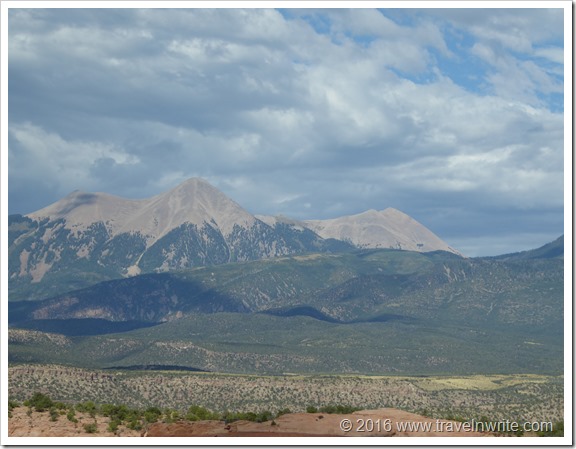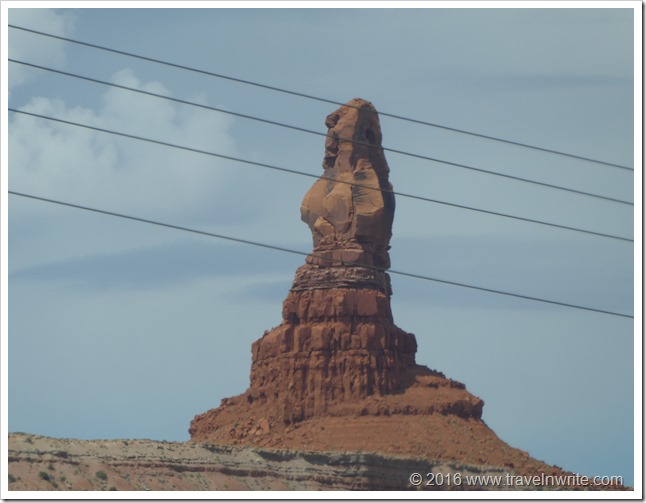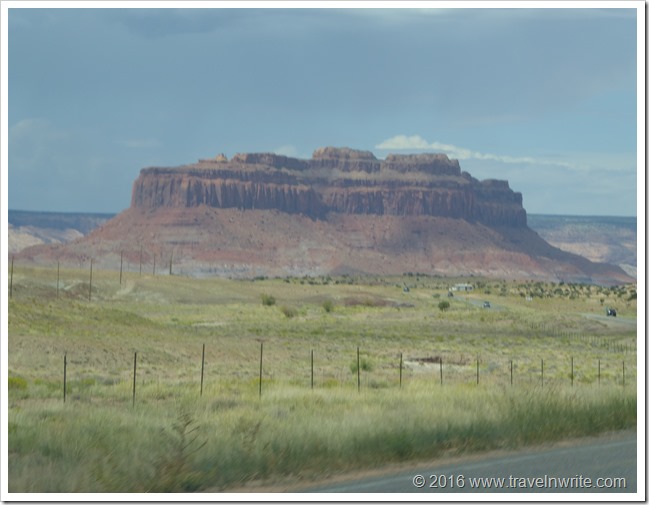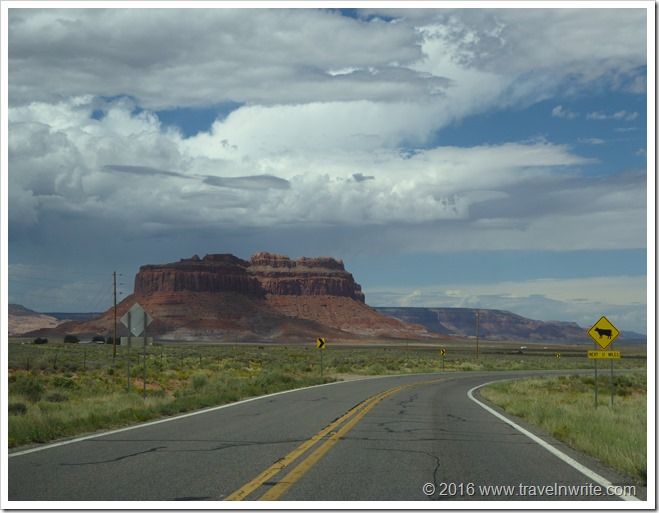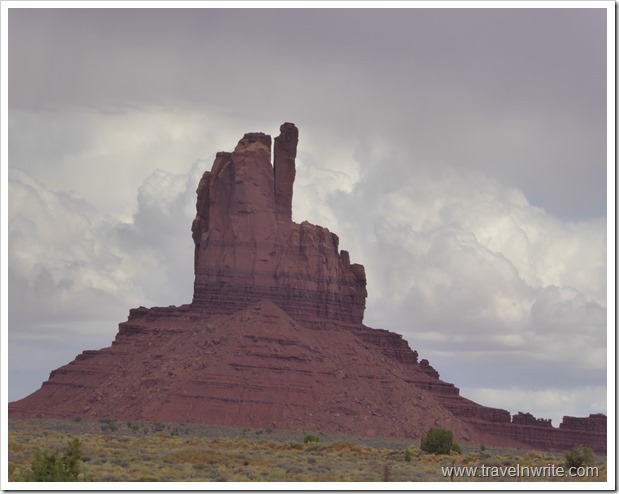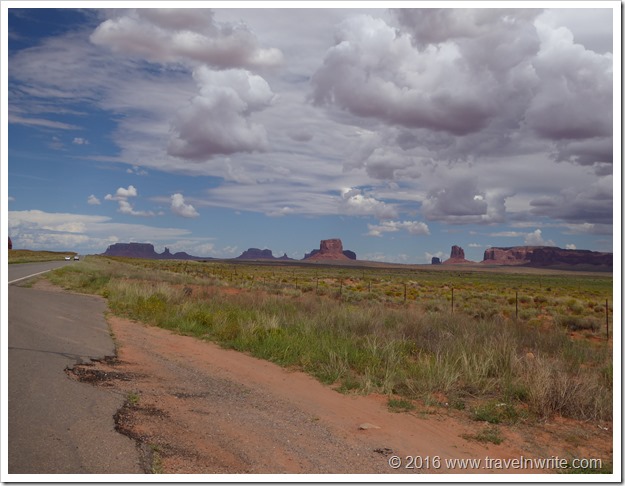'Spirit of Place' (or soul) refers to the unique, distinctive and cherished aspects of a place.
-- Wikipedia
On a hauntingly still November night, we spoke in hushed voices as we made our way along the twisting, dimly lit stone pathways that serve as streets here. Our footsteps, our words, our mere breathing seemed to amplify and bounce off the stone walls and walkways. Homes were shuttered and most businesses had closed for the season so there really was no one to disturb as we made our way through the darkened village.
Cruise ships were no longer stopping for brief visits and bus loads of tourists that can fill the tiny streets were finished for the season. The village was settling in for a winter's hibernation. We were among maybe a handful of tourists who'd opted for a late autumn visit. As we made our way down to the seaside and back the only sounds were an occasional stray cat's cry or the rustle of drying leaves. After the sun had set, following the village's maize of uneven pathways, and stairs became a game of discovery as we'd turn a corner and find ourselves in a small plateia, plaza, or sometimes at the entry of someone's private home. . .never quite the place we thought we'd be.
On this dark autumn evening we were walking through history and surrounded by what Lawrence Durrell would likely call, 'the spirit of place'. We were in Monemvasia, a centuries-old village in the Greek Peloponnese.
 |
| Monemvasia, Greek Peloponnese |
Referred to as
Greece’s 'Gibralter' by some, its name,
Monemvasia (mah-nem-VAH-sia) means 'single passage' and dates back to a time of Venetian occupation here. The Venetians are credited with building a single paved walkway to the landmass that is said to have broken from the mainland during an earthquake back in 375 A.D. They called it
'Napoli de Malvasia', the French named it
'Malvoise' and English writers have referred to it as
'Malmsey'. By whatever name, it is one of our favorite ‘finds’ in the Peloponnese and a favorite road trip destination.
Today a paved road on a 200-meter-long causeway leads to its entry gates. You can park along the causeway or back in
Gefira (Yefira) or
New Monemvasia on the mainland. Visitor accommodations can be found there or within the walled city itself, often referred to as the
Kastro, or castle.
 |
| Monemvasia from the sea |
We opted to stay in the old town and couldn't help but get caught up in its history which is as much a zig-zag affair as the twists and turns of its pathways.
A
brief history (I'm leaving out many details): Founded by the Byzantines in the 6th Century, it remained under their rule for 700 years until the Franks came along and took over. Then another round of battle and the Byzantines got it back. In 1419 the Venetians came along and later sold it to the Ottomans in 1715 but then came the Russian-Turkish War in the 1700's. . . and finally. . .in the summer of 1821 it became part of the Greek State.
In more modern history it played a role in World War II with the New Zealand 6 Brigade successfully evacuating from there and the Germans using it as a place for injured soldiers to recover.
 |
| Donkeys and humans with hand-carts make deliveries here |
To visit this wonderful old walled city, you do need to be able to walk - and walk on uneven surfaces. In fact walking is a reason to visit the city that was built on two levels; the lower level on which we stayed and explored and the upper level at the very top, known as
the Fortress of Goulas, where there are ruins of homes and cisterns and a still-standing St. Sophia, Byzantine Church.
The upper level has been under restoration since our first visit some four years ago. It has recently opened to visitors, but hadn't at the time of our visit.
Traveling through the lower village you will be sharing the right of way with burros and humans with hand carts who transport products and goods through its narrow passageways.
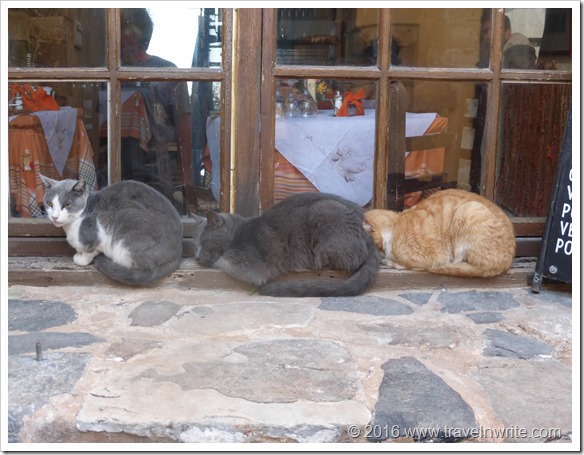 |
| Stray cats charmed the few remaining tourists |
Even with the upper level not open during our visit, we were able to burn some calories as we explored its winding routes. One route lead high above the village, not quite to the fortress level but high enough to afford us some spectacular views none-the-less.
 |
| A passageway in Monemvasia |
With its expansive views of the sea and protected location we could understand why so many wanted to claim it as their own through the centuries.
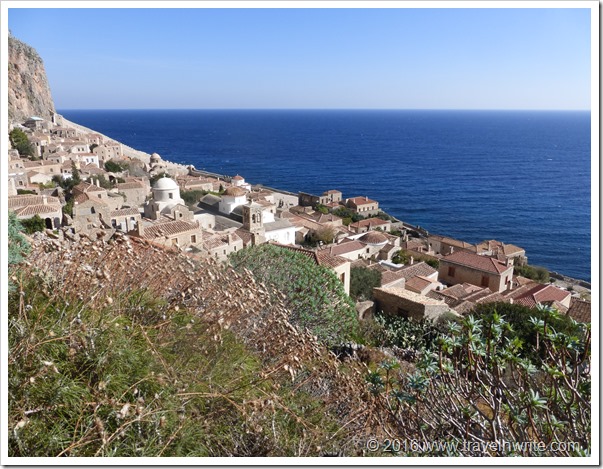 |
| View from above the village |
Heading out in a different direction and angle we followed a path and stairway combination that lead us to the water's edge.
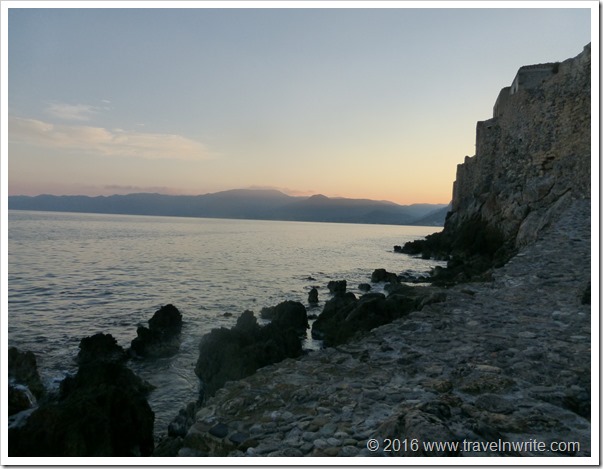 |
| Seaside in Monemvasia |
“It is a pity indeed to travel and not get this essential sense of landscape values. You do not need a sixth sense for it. It is there if you just close your eyes and breathe softly through your nose; you will hear the whispered message, for all landscapes ask the same question in the same whisper. 'I am watching you -- are you watching yourself in me?' Most travelers hurry too much...the great thing is to try and travel with the eyes of the spirit wide open, and not too much factual information. To tune in, without reverence, idly -- but with real inward attention. It is to be had for the feeling...you can extract the essence of a place once you know how. If you just get as still as a needle, you'll be there.”
―
Lawrence Durrell,
Spirit of Place: Mediterranean Writings edited by A.G.Thomas
 |
| Our accommodations |
While many hotels were closing for the season,
The Scout, had done his research and found us this stand-alone suite right in the heart of town for a mere 45-euros a night. We had a restaurant right across the street, and two coffee shops a quick walk away.
 |
| Monemvasia, Peloponnese |
We marveled at the mix of old and new. Our suite offered Wi-Fi and modern amenities yet we were in an ancient building. The remains of some buildings in the village look as if they'll barely stand another second, yet we know they'll likely be around much longer than we will. The oldest church in the village, St. Paul's, was built in 956 and houses its museum (well worth a visit!).
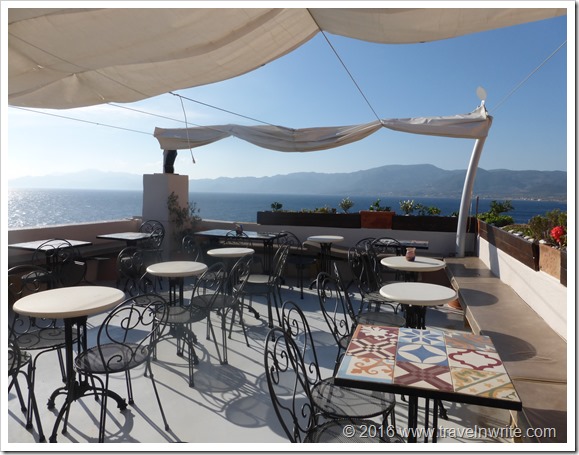 |
| Modern restaurants and stores fill ancient structures |
On the day we sipped coffee on this roof-top, the wind was brisk but the views were spectacular.
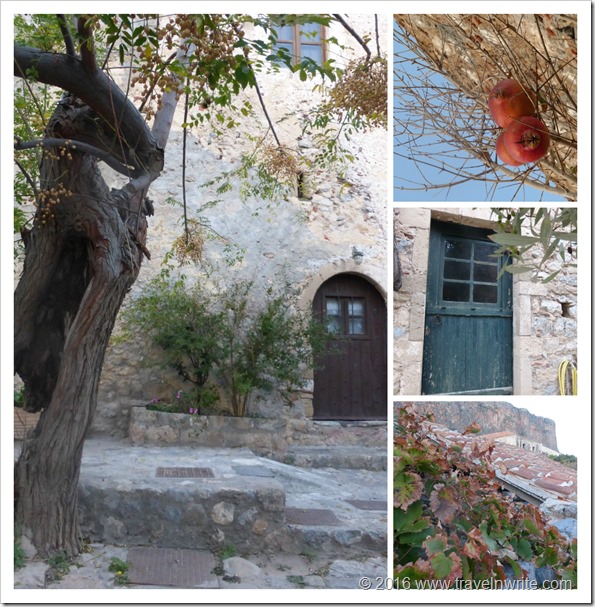 |
| Hidden treasures around every corner in Monemvasia |
If you go:
Monemvasia is about 190 miles from Athens, or a five hour drive. From our home (an hour south of Kalamata), we made the near 80 mile drive in just under three hours. Roads in the Peloponnese are pretty much two-lane non-divided highways so driving times take a bit longer than you might expect.
Greek KTEL buses travel daily from Athens Kifissos bus station to Monemvasia via the cities of Sparti or Molai, and the trip will take about five hours. To get to the Kifissos bus station take bus 51 from Omonia or X95 from the Athens Airport.
That's it from
The Stone House on the Hill this week. We love having you join us on our part-time ex pat adventures in Greece and greatly appreciate the time you spend with us. Hope you'll be back again next week and until then our wishes for safe and happy travels to you and yours ~
Linking this week with:
Through My Lens
Our World Tuesday
Wordless Wednesday
Travel Photo Thursday
Photo Friday
Travel Inspiration











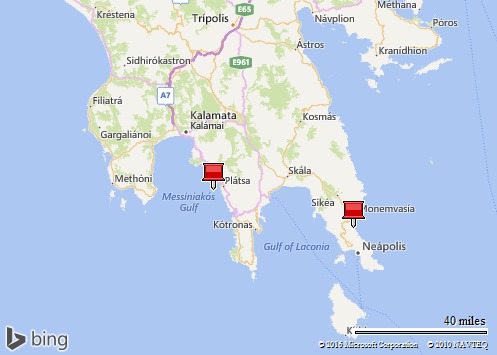






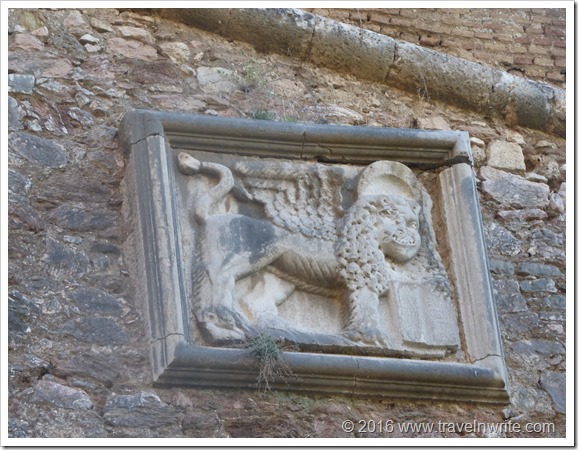





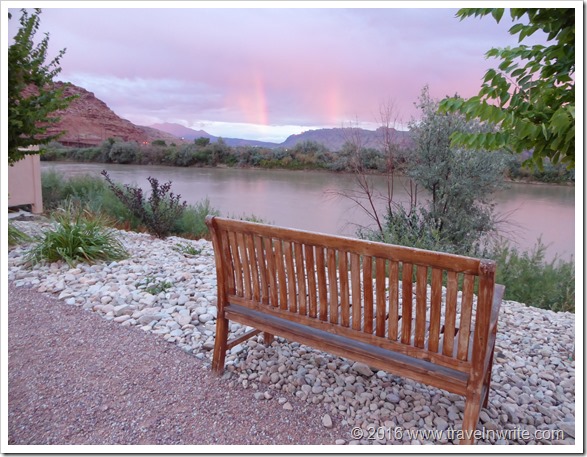


![20160902_171922_resized[611610] 20160902_171922_resized[611610]](https://lh3.googleusercontent.com/-r57boNTrF7E/V-E4B3UVACI/AAAAAAAAR4Q/1hPLlWk1qRk/20160902_171922_resized611610_thumb7.jpg?imgmax=800)
